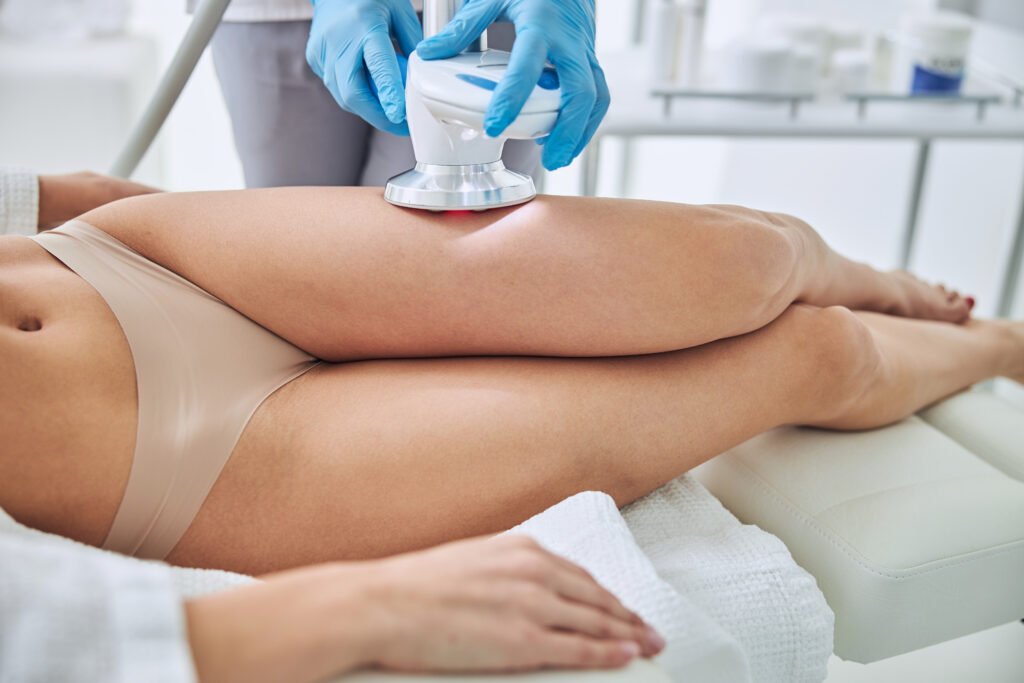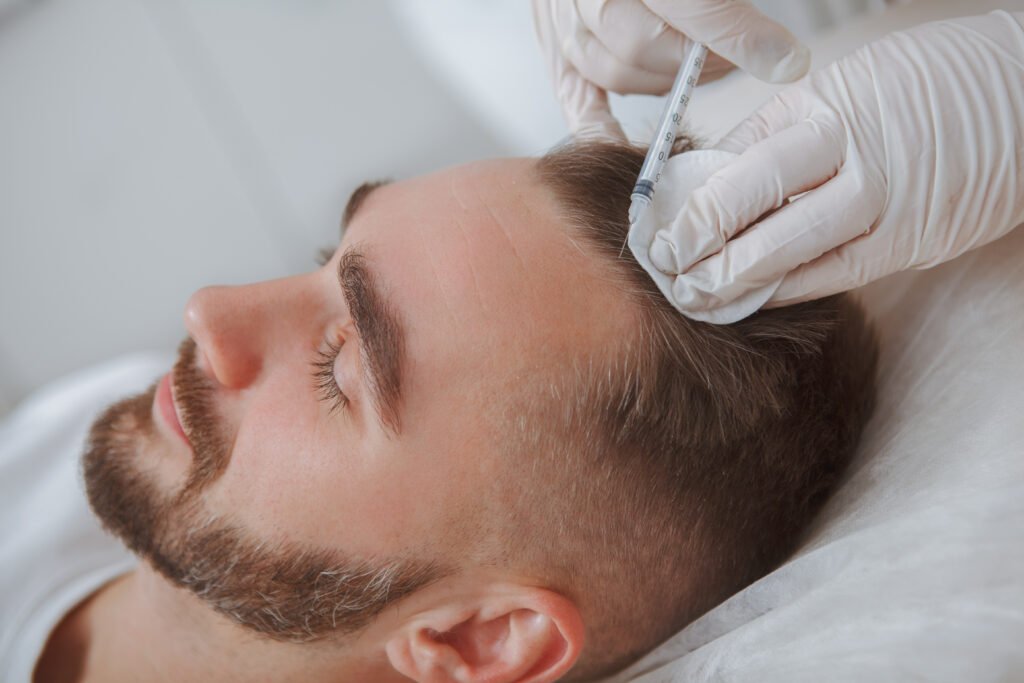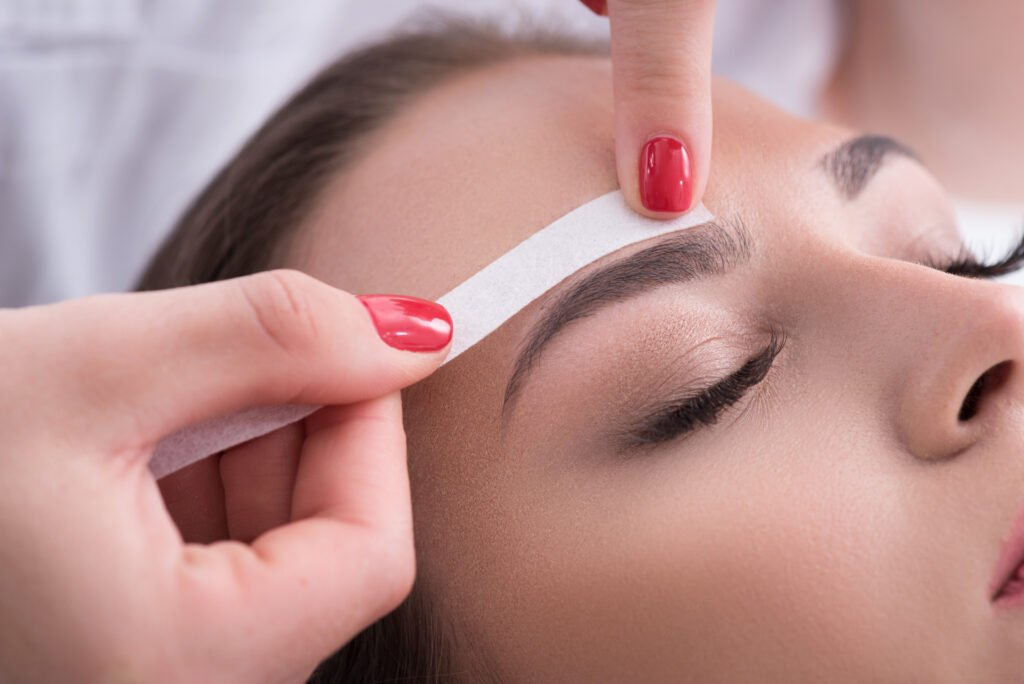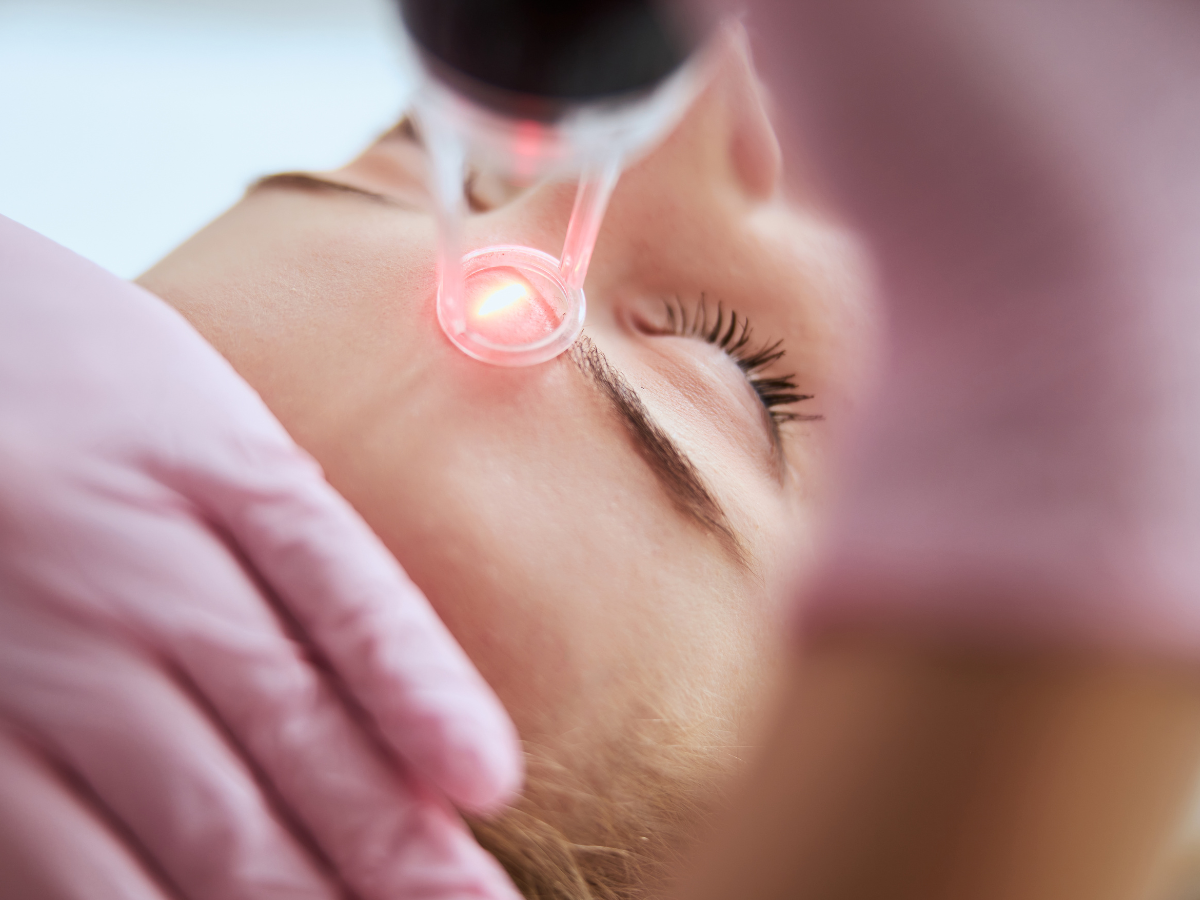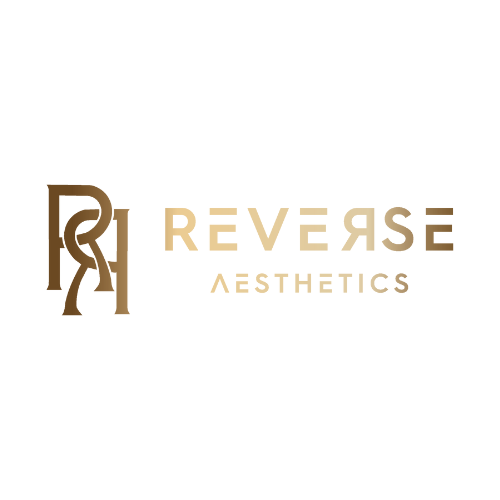If you’re searching for a treatment that goes beyond surface-level results, CO2 laser resurfacing might be exactly what your skin needs. It can smooth rough texture, soften fine lines, fade stubborn sun damage, and leave your complexion looking noticeably refreshed. But this isn’t your average facial. It’s a medical-grade treatment with serious skin-renewing power and a recovery process to match.
Before you dive in, it helps to know what you’re signing up for. Here’s what to expect before, during, and after the procedure, so you can show up informed and walk away with the best possible results.
What Is CO2 Laser Resurfacing?
CO2 laser resurfacing is an advanced skin rejuvenation treatment that uses a carbon dioxide (CO2) laser to remove damaged outer layers of skin. It works by delivering short pulses of high-energy light that target water in the skin cells, vaporizing damaged tissue and stimulating new collagen production.
Benefits of CO2 Laser Resurfacing:
- Reduces fine lines and wrinkles
- Improves acne scars and surgical scars
- Fades sunspots and sun damage
- Tightens skin and evens out texture
- Can improve overall tone and clarity
This treatment is ideal for people with visible signs of aging, acne scarring, rough texture, or significant sun damage. If your standard skincare routine and lighter treatments are no longer cutting it, this might be the next-level option you’re looking for.
What to Know Before a CO2 Laser Treatment
Getting your skin ready before a CO2 laser resurfacing session isn’t just a box to check, it is a crucial step that sets the stage for safer treatment and better results. In the two weeks leading up to your appointment, you need to prepare your skin before the procedure. These prep steps make a difference in both safety and results:
- Avoid direct sun exposure for at least 2 weeks
- Stop using retinoids, acids, or exfoliants as directed by your provider
- Pause medications or supplements that increase bleeding, like aspirin or fish oil (only if advised)
- Stay hydrated and follow any prep instructions from your consultation
Before scheduling, you’ll meet with a provider to talk through your skin goals, medical history, and skin type. This helps determine if you’re a good candidate and what kind of CO2 treatment is safest and most effective for your skin.
What Happens During the CO2 Laser Resurfacing Procedure
So, what can you actually expect during a CO2 laser resurfacing appointment? The process begins with your provider applying a topical numbing cream or, in some cases, local anesthesia to help minimize discomfort. The level of numbing depends on how deep the treatment will go and which type of CO2 laser resurfacing is being used:
- Fractional CO2: Targets a fraction of the skin in a grid pattern, leaving healthy tissue in between to speed up healing. This option typically has a shorter recovery period and fewer side effects.
- Full ablative CO2: Removes the full surface layer of skin in the treated area. It is more aggressive and requires more downtime but often delivers dramatic, single-treatment results.
A small, focused session may wrap up in about 30 minutes, while a full-face resurfacing could take closer to two hours. Throughout the procedure, you might feel warmth or a slight stinging sensation as the laser passes over the skin. Most clients find it tolerable, thanks to the numbing, and some even describe it as more manageable than expected. When the session ends, it is normal to experience redness, swelling, and a noticeable feeling of tightness, something similar to a moderate sunburn as your skin begins to respond.
Recovery Time for CO2 Laser Resurfacing
The recovery timeline can vary based on how deep or intense your treatment was, but most people experience initial downtime between 5 and 14 days. That might sound like a lot, but remember, your skin is doing important work behind the scenes. Sticking to your aftercare routine is one of the most important things you can do to protect your skin and ensure the best possible results.
Aftercare Tips:
- Use a gentle cleanser and moisturizing ointments as recommended.
- Do not pick or peel flaking skin.
- Sleep with your head slightly elevated to reduce swelling.
- Avoid sun exposure at all costs.
- Follow your provider’s aftercare instructions closely for the best healing and long-term results.
Healing may take time, but the payoff is well worth it. Think of it as a short pause before your skin steps into something completely new.
Side Effects and Risks to Know
Most side effects are expected, manageable, and a normal part of your skin’s recovery, but knowing what could happen helps you feel more in control from the start. This is a treatment that works deep within the skin’s structure, and with that comes a period of healing, and a short list of things to be aware of.
Common Side Effects:
- Redness
- Swelling
- Peeling
- Itching
These are part of the body’s natural repair response and usually settle within one to two weeks as fresh, new skin begins to surface.
Less Common but Possible Risks:
- Uneven pigmentation, either darkening or lightening, especially if the skin is exposed to sun too early
- Infection, which is rare but more likely if aftercare steps are skipped or rushed
- Scarring, which is highly uncommon when treatment is handled by an experienced medical provider
CO2 laser resurfacing is a powerful tool. In the right hands, it can transform your skin. But it is not something to cut corners on. Choose a provider who takes the time to understand your goals, walks you through every step, and makes safety just as much a priority as results.
How Many CO2 Laser Treatments Are Needed?
For many people, one session is all it takes to see real, visible change. Skin texture softens, fine lines begin to fade, and the overall tone becomes smoother and more even. The results can be dramatic, especially for those with moderate concerns who are new to advanced resurfacing treatments.
However, not every skin story is the same. Some concerns require a more layered approach to see the full effect.
- For deep wrinkles or scarring: Your provider may recommend a series of two to three treatments, spaced several months apart. This gives your skin time to fully heal and rebuild between sessions.
- For maintenance: A single session every year or few years may be enough to preserve results and keep your skin looking refreshed.
The number of sessions you’ll need depends entirely on your goals, your skin’s history, and how it responds over time. That’s why we take the time to create a plan that makes sense for you.
How to Get the Best Results from a CO2 Laser
CO2 laser resurfacing delivers some of the most dramatic skin improvements available in aesthetics, but those results depend on what you do once the procedure is over. Healing well is just as important as the treatment itself. Your skin is in a state of active repair, and how you support it during this time can make all the difference in how smooth, clear, and even your final outcome looks.
Best Practices:
- Follow your aftercare instructions carefully and consistently
- Avoid sun exposure and apply broad-spectrum SPF every single day
- Hold off on active ingredients like retinoids, acids, or exfoliants until your provider says it is safe
- Keep your skin moisturized and protected throughout the healing phase
Give your skin the space and patience it needs to recover. Trying to rush the process or cut corners can lead to setbacks like irritation, discoloration, or patchy results. Trust the downtime, it’s part of what makes the glow worth it.
What You Should Avoid After CO2 Laser
What you leave out of your routine during recovery is just as important as what you put in. After CO2 laser resurfacing, your skin is especially sensitive. It is working hard beneath the surface to rebuild, renew, and reveal healthier layers. That process needs space, protection, and a break from anything that could set it back.
Avoid the following during recovery:
- Direct sun exposure for at least two weeks
- Makeup, until your provider confirms it is safe
- Harsh skincare products, including acids, scrubs, or anything abrasive
- Touching, picking, or peeling flaking skin
This is not the time to push your skin. Being gentle and hands-off allows the healing to unfold the way it is supposed to. Skipping the wrong step can slow your progress or affect your final results.
Is CO2 Laser Resurfacing Right for You?
CO2 laser resurfacing is not a one-size-fits-all solution, but for the right person, it can be transformative. If you are hoping to soften wrinkles, fade scars, or revive dull, uneven skin, this treatment offers serious results backed by science. At Reverse Aesthetics, we take the time to understand your skin, your lifestyle, and what you are really hoping to achieve. Our licensed providers guide you every step of the way, so there are no surprises, just progress.
Ready for clearer, smoother skin? Book your CO2 laser resurfacing consultation with Reverse Aesthetics today.



